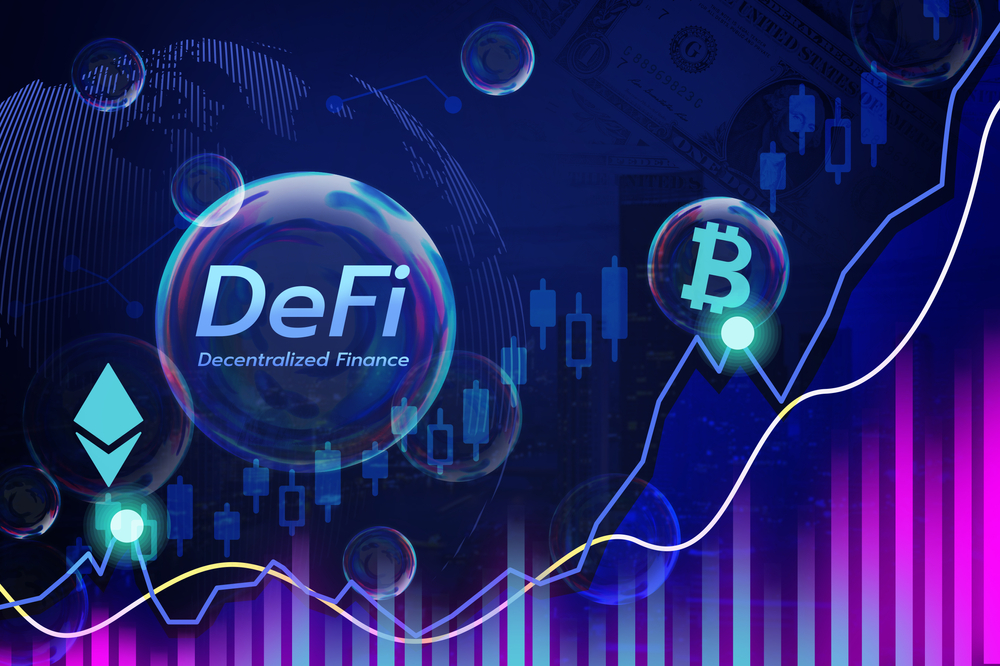Decentralized Finance (DeFi) has promised a financial revolution, but its complexity has kept most everyday people on the sidelines. Enter cross-chain liquidity—a game-changing technology that lets assets flow seamlessly between blockchains like Ethereum, Solana, and Binance Smart Chain. Could this be the key to making DeFi as easy as using a banking app? Let’s explore how cross-chain liquidity works, why it matters, and whether it can bring millions of new users to DeFi by July 2025.
What Is Cross-Chain Liquidity and Why Does It Matter?
Cross-chain liquidity allows assets, like cryptocurrencies or tokens, to move between different blockchains without centralized exchanges. Think of it as a digital bridge that lets you use your Bitcoin on Ethereum’s DeFi apps or swap Solana tokens for Binance Coin instantly. Protocols like LayerZero, Axelar, and Chainlink’s CCIP (Cross-Chain Interoperability Protocol) power these bridges, enabling secure and efficient transfers.

For the average person, this means DeFi could become as simple as sending money via PayPal. Instead of juggling multiple wallets or paying high fees, cross-chain liquidity streamlines access to lending, staking, or trading across blockchains, potentially unlocking DeFi’s $137 billion total value locked (TVL) for mainstream users.
How Cross-Chain Liquidity Simplifies DeFi
Breaking Down Blockchain Silos
Right now, DeFi is fragmented. Ethereum hosts major platforms like Uniswap, but its high gas fees—sometimes $50 per transaction—push users to cheaper chains like Solana or Polygon. Cross-chain solutions let users access the best apps across all chains without needing to learn each blockchain’s quirks. For example, you could stake your Polygon tokens on an Ethereum protocol without leaving your wallet.
Lower Costs and Faster Transactions
Cross-chain protocols reduce reliance on centralized exchanges, which charge fees of 0.1–1% per trade. Axelar’s cross-chain swaps, for instance, cut costs by routing assets directly between chains. With average transaction times dropping to seconds, as seen with LayerZero’s 2025 upgrades, DeFi becomes faster and cheaper than traditional banking for tasks like international transfers.

User-Friendly Interfaces
Projects like Uniswap’s cross-chain wallet and OKX’s X Layer are building apps that hide blockchain complexity. Imagine a single app where you can lend, borrow, or trade assets across Ethereum, Solana, or Arbitrum with a few taps. By integrating with mobile platforms, these tools could make DeFi as intuitive as Venmo for the average user.
Can Cross-Chain Liquidity Drive Mass Adoption?
The Case for Mainstream Appeal
DeFi’s potential is huge—global remittances alone are a $700 billion market—but only 1–2% of crypto users actively engage with it due to technical barriers. Cross-chain liquidity could change that by:
- Simplifying Access: Tools like Chainlink’s CCIP enable one-click asset transfers across chains, reducing the need for users to understand wallet setups or gas fees.
- Boosting Trust: Security upgrades, like LayerZero’s decentralized verification, cut risks of bridge hacks, which cost $3.7 billion between 2022 and 2024. Safer systems attract cautious newcomers.
- Expanding Use Cases: From cross-chain lending to tokenized real-world assets (like real estate or stocks), DeFi could offer services traditional banks can’t match, appealing to younger, tech-savvy users.
By July 2025, posts on X suggest DeFi’s TVL could hit $200 billion if cross-chain adoption grows, driven by platforms like Aave and Curve integrating multi-chain liquidity pools.

Real-World Examples
Take someone sending $1,000 abroad. A bank might charge $30 and take three days. With cross-chain DeFi, they could use USDC on Polygon, swap it to Solana for low fees (under $0.10), and settle in minutes. This kind of efficiency could draw millions, especially in regions like Southeast Asia, where 70% of people are unbanked but own smartphones.
Challenges Holding Back Mass Adoption
Despite the hype, cross-chain liquidity faces hurdles:
Security Risks
While protocols like Chainlink and Axelar use advanced cryptography, cross-chain bridges remain targets for hackers. A 2025 report noted $400 million in bridge exploits this year alone. Building user trust requires bulletproof security and insurance mechanisms, like Nexus Mutual’s cross-chain coverage.
Regulatory Uncertainty
Global regulators, including the SEC, are scrutinizing DeFi. If cross-chain platforms face restrictions, as seen with Tornado Cash in 2022, adoption could stall. Clear rules, expected by 2026, will be critical for mainstream growth.
User Education
Even with simpler interfaces, DeFi’s jargon—think “yield farming” or “liquidity pools”—confuses newcomers. Platforms must invest in tutorials and intuitive designs to bridge the knowledge gap.

What This Means for You
For the average person, cross-chain liquidity could make DeFi a practical alternative to banks. Imagine earning 5–10% interest on your savings through Aave’s cross-chain pools or trading tokens without high fees. With 1.4 billion smartphone users globally, DeFi apps could become as common as mobile banking by 2030, especially in crypto-friendly regions like Latin America and Africa.
To get started, platforms like Coinbase Wallet or OKX offer cross-chain features that let you explore DeFi with minimal setup. Start small, learn the basics, and stick to trusted protocols to avoid scams.
The Future of DeFi with Cross-Chain Liquidity
Cross-chain liquidity is poised to make DeFi more accessible, affordable, and versatile. By 2026, analysts predict 10 million daily DeFi users if platforms like LayerZero and Uniswap continue simplifying cross-chain interactions. The rise of mobile-first wallets and integrations with payment apps could finally bring DeFi to the masses, turning it into a household name.
However, success depends on overcoming security risks and regulatory hurdles while keeping user experience front and center. If cross-chain liquidity delivers, DeFi could redefine finance, making it as easy as sending a text—for everyone.
Disclaimer: DeFi and cryptocurrency investments are volatile and risky. Always research thoroughly before participating.






















